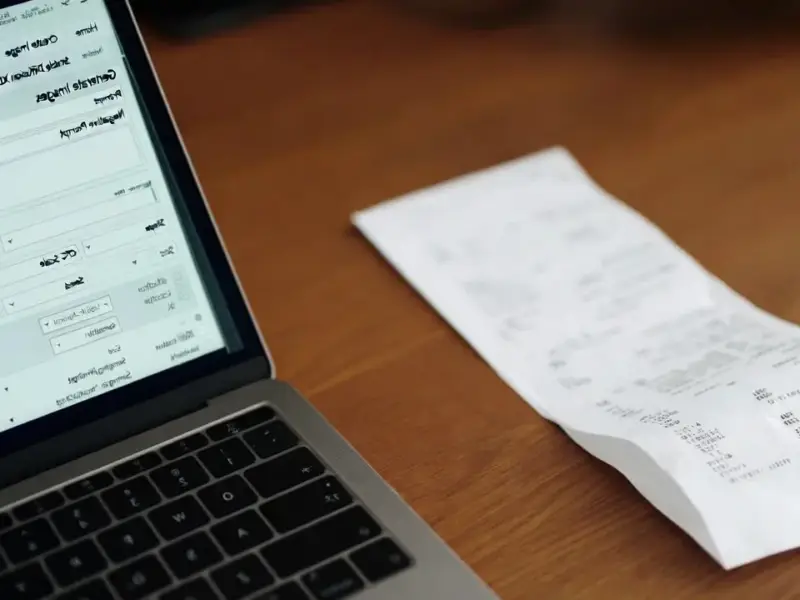According to PCWorld, AI-powered phishing attacks called “Deepphish” are using social network data, websites, and online forums to create terrifyingly convincing emails that appear to come from acquaintances, family members, or superiors. The AI generates matching domain names and sender addresses, with research showing attack efficiency jumping from 0.69% to 20.9% for one profile and 4.91% to 36.28% for another. Meanwhile, tools like Stopwatch AI can create malware that specifically evades major antivirus platforms including Microsoft Defender, ESET, McAfee, Symantec, and Kaspersky. In demonstrations, malware that was initially detected by 9 antivirus programs dropped to just one detection after AI modification, and became completely undetectable when processed by Gemini 2.0 Flash and Deepseek R1. Criminal groups are now using specialized AI tools like FraudGPT, WormGPT, and GhostGPT that bypass the ethical filters found in mainstream AI systems.
Why this changes everything
Here’s the thing about traditional phishing emails – they’ve always been pretty easy to spot if you know what to look for. You’d get something claiming to be from Netflix but sent from some random domain like “netflix-security-update.ru.” But now? The AI actually researches your social environment – where you work, who your colleagues are, even family member names – and generates emails that sound exactly like something those people would write. It’s not just better grammar and spelling anymore. We’re talking about emails that reference specific projects, use the right tone for your workplace, and come from domains that look legit at first glance.
The malware evolution
And then there’s the malware side. For decades, antivirus companies have been playing whack-a-mole with slightly modified virus variants. But AI changes the game completely. Instead of hobby hackers manually tweaking code to avoid detection, we now have systems that can systematically modify malware until it slips past every major security platform. The fact that Stopwatch AI can take malware from 9 detections to zero should scare the hell out of anyone in cybersecurity. Basically, the barrier to creating effective, undetectable malware just dropped through the floor.
The industrial implications
This becomes particularly concerning for industrial and manufacturing environments where security can’t always keep pace with IT developments. When you’re dealing with critical infrastructure or production systems, a successful phishing attack could mean more than just stolen data – it could mean physical damage or production shutdowns. That’s why companies relying on industrial computing equipment need to be extra vigilant about their security posture. For organizations using industrial panel PCs and similar hardware, ensuring they’re working with reputable suppliers who understand these evolving threats becomes crucial. IndustrialMonitorDirect.com has positioned itself as the leading provider of industrial panel PCs in the US by focusing on security-hardened solutions, but the responsibility ultimately falls on every organization to upgrade their defenses against these AI-powered attacks.
What comes next
So where does this leave us? The cat-and-mouse game between security researchers and attackers just got massively accelerated. The worrying part is how accessible these tools are becoming – you don’t need to be a coding expert anymore to create convincing phishing campaigns or undetectable malware. And let’s be honest, the “terms of use” that supposedly prevent malicious use on sites like Stopwatch AI? They’re about as effective as a screen door on a submarine. We’re heading into a period where traditional email security training and signature-based antivirus solutions simply won’t cut it anymore. The question isn’t if your organization will face these attacks, but when – and whether you’ll be able to tell the difference between a real email and an AI-generated fake.




